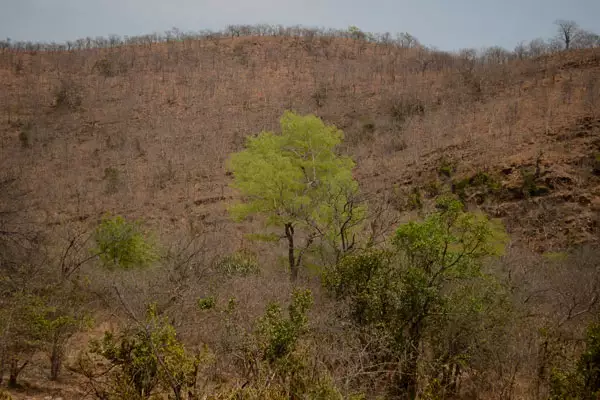A new study has utilised Representative Concentration Pathways (RCPs) to examine the effects of climate change on India’s tropical dry deciduous forests.
About Representative Concentration Pathways (RCPs):
- RCPs introduced in the IPCC’s Fifth Assessment Report (AR5), are climate modelling scenarios that project different greenhouse gas concentration trajectories for the 21st century.
- They were developed using Integrated Assessment Models (IAMs) as input to provide diverse climate futures for research and policy planning.
- Purpose: The primary purpose of developing RCPs was to offer a spectrum of climate outcomes to assist in scientific research and policymaking, focusing on the impacts of varying levels of greenhouse gases
Scenarios:
- The four main pathways included in RCPs are RCP2.6, RCP4.5, RCP6, and RCP8.5.
- Each scenario represents varying degrees of greenhouse gas emissions and atmospheric concentrations, air pollutant emissions, and land use changes.
- These scenarios help predict different future climates based on current and potential levels of emissions.
Ref: Source
| UPSC IAS Preparation Resources | |
| Current Affairs Analysis | Topperspedia |
| GS Shots | Simply Explained |
| Daily Flash Cards | Daily Quiz |
Frequently Asked Questions (FAQs)
What are Representative Concentration Pathways (RCPs) in climate modelling?
RCPs are scenarios projecting different greenhouse gas concentrations for the 21st century, providing diverse climate futures for research and policy planning.
What is the purpose of developing RCPs?
The primary purpose is to offer a spectrum of climate outcomes to assist in scientific research and policymaking by focusing on the impacts of varying levels of greenhouse gases.
How were RCPs developed?
RCPs were developed using Integrated Assessment Models (IAMs) to provide different climate futures for research and policy planning.
What are the four main pathways included in RCPs?
The four main pathways are RCP2.6, RCP4.5, RCP6, and RCP8.5, each representing varying levels of greenhouse gas emissions and atmospheric concentrations.



